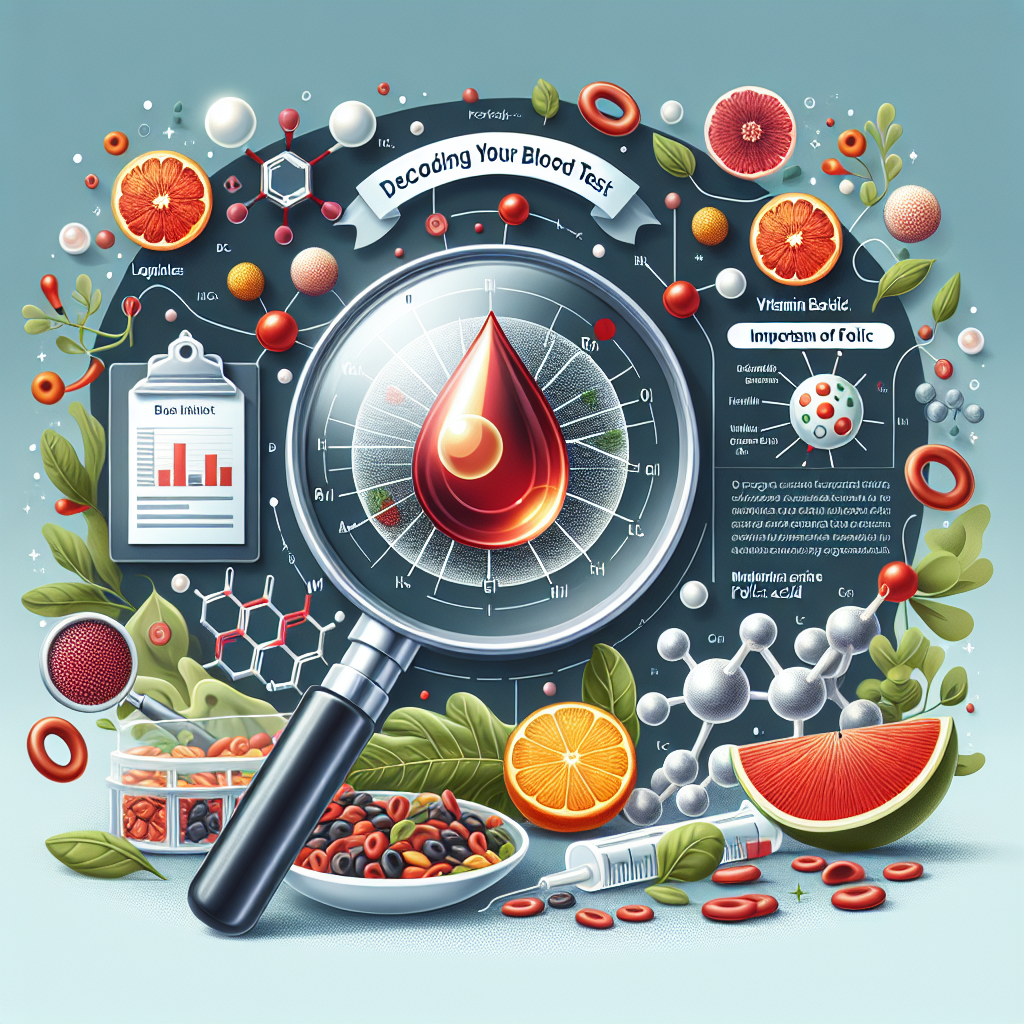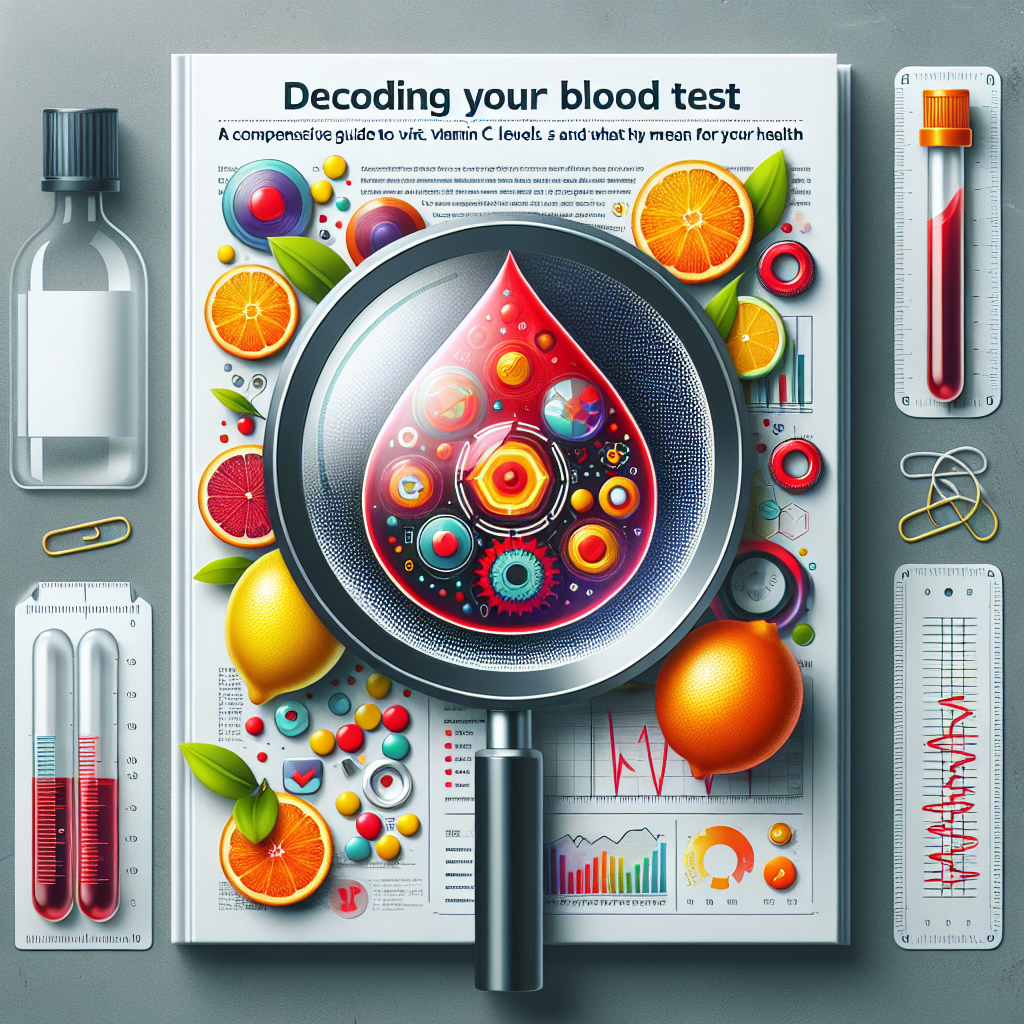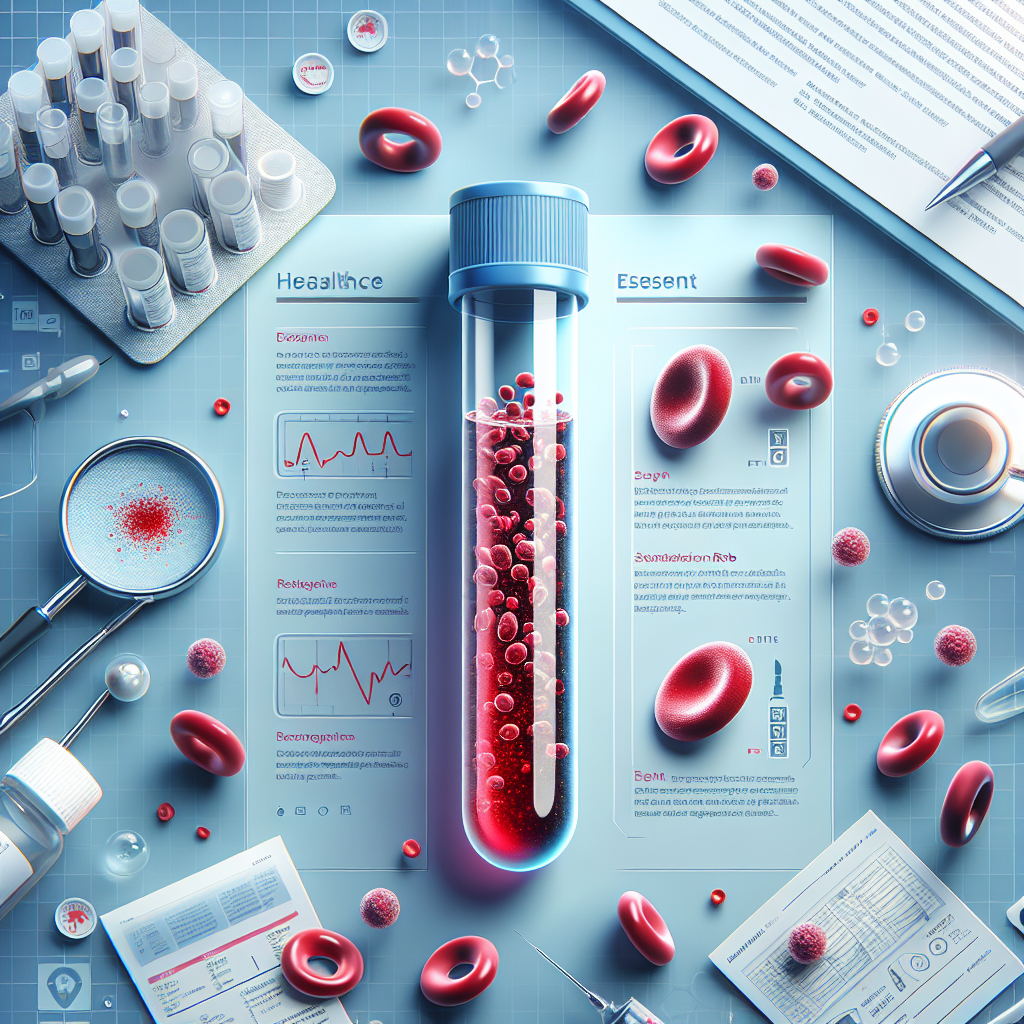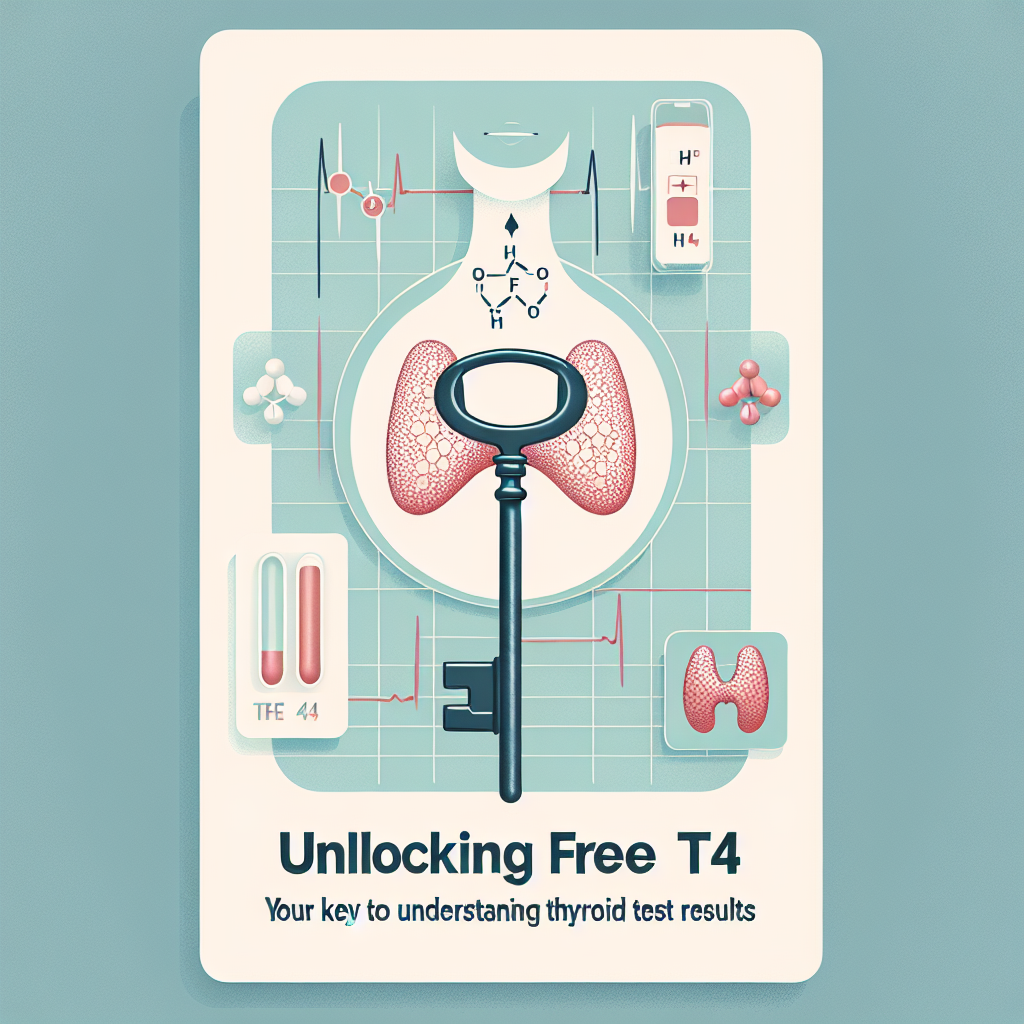You’ve just received your blood test results, and one particular detail stands out: Vitamin A. The displayed number, possibly marked with a symbol, indicates a level outside the acceptable reference range. Understandably, this may prompt questions about what this result signifies.
This article aims to provide you with straightforward and factual insights. It will clarify what Vitamin A is, its significance for your health, and how to interpret the value that appears on your analysis report. Our objective is to convert uncertainty into a clearer understanding of your overall health status.
What is Vitamin A?
To accurately interpret your test results, it’s vital to understand what is being assessed. Vitamin A is a crucial nutrient that serves several important functions in the body.
Definition and Characteristics
Scientifically known as retinol, Vitamin A is a fat-soluble vitamin. This means it dissolves in fats rather than water, a property that influences how our body absorbs, transports, and stores it—primarily in the liver, which serves as the main reservoir.
Dietary Sources of Vitamin A
Since our bodies cannot produce Vitamin A, we must acquire it through our diet from two primary types of sources:
- Preformed Retinol: This is the active form of the vitamin, found in animal products like liver, eggs, and dairy.
- Provitamin A (Carotenoids): Commonly known as beta-carotene, these plant pigments convert into Vitamin A within the body. Colorful fruits and vegetables like carrots, sweet potatoes, spinach, red peppers, and mangoes are rich in these carotenoids.
The Essential Role of Vitamin A in the Body
Vitamin A contributes far beyond just eye health; it plays a role in numerous key processes:
- Vision: It is crucial for the formation of rhodopsin, a protein that enables the eye to detect light, particularly in dim settings.
- Immune System: It aids in regulating the production and function of white blood cells, which help defend against infections.
- Cell Growth: It is essential for proper cell development and differentiation throughout the body.
- Skin and Mucous Membrane Health: It helps maintain the integrity of the skin and internal linings (like those in the respiratory and digestive systems), which serve as our first line of defense.
Why Measure Vitamin A in the Blood?
Analyzing Vitamin A levels in the blood, or serum retinol, allows healthcare professionals to evaluate your body’s reserves. Results outside the reference range could indicate either a deficiency (hypovitaminosis A) or an excess (hypervitaminosis A).
Both conditions can involve health risks. Therefore, measuring Vitamin A levels serves as a valuable indicator of your nutritional status and can aid in identifying the causes of specific symptoms or preventing long-term complications.
How to Interpret Your Vitamin A Blood Test Result?
When you receive your results sheet, it may appear complex. Here’s how you can break down the relevant line.
Reading a Typical Result Line
Your report may present a line like this:
| Analysis | Result | Unit | Reference Values |
|---|---|---|---|
| Vitamin A (Retinol) | 45 | µg/dL | 30 – 80 |
- Analysis: “Vitamin A” or “Retinol” refers to what has been measured.
- Result: This is your personal value, which in this case is 45.
- Unit: This is significant; common units are micrograms per deciliter (µg/dL) or micromoles per liter (µmol/L).
- Reference Values: This indicates the typical range established by the laboratory, where a symbol (like L for “Low” or H for “High”) may indicate values outside of this range.
Understanding Laboratory Reference Values
Laboratories determine these reference ranges by analyzing a broad group of healthy individuals. These values represent the norm for about 95% of that population.
It’s important to recognize that these ranges may vary slightly from one laboratory to another. Thus, results should always be interpreted by a healthcare professional who can consider your complete context (age, sex, health condition, treatments).
Low Vitamin A Levels (Deficiency): Causes and Symptoms
A deficiency, known as hypovitaminosis A, signifies that the body lacks sufficient Vitamin A to function optimally.
Frequent Causes of Deficiency
Several factors can lead to low levels of Vitamin A:
- Insufficient Dietary Intake: A diet that lacks colorful fruits, vegetables, and animal products.
- Intestinal Malabsorption Issues: Conditions like celiac disease, Crohn’s disease, or pancreatic insufficiency can impede fat absorption, thus affecting vitamin intake.
- Liver Disease: Liver conditions (such as cirrhosis) can hinder its storage capacity.
- Increased Needs: Certain life stages or conditions, like pregnancy, lactation, or severe infections, elevate the body’s requirements.
Symptoms Associated with Vitamin A Deficiency
A deficiency may present with various symptoms:
- Vision: Difficulty seeing in low light (often referred to as night blindness) is a common initial sign.
- Skin: Dry and coarse skin texture.
- Immunity: Frequent infections, particularly in the respiratory or digestive systems.
- Growth: Impaired growth in children.
High Vitamin A Levels (Excess): Causes and Symptoms
Hypervitaminosis A, or excess Vitamin A, is primarily associated with excessive intake from external sources.
Frequent Causes of Excess
The most common causes include:
- Excessive Supplementation: Taking high doses of supplements containing retinol without medical supervision.
- Extreme Dietary Consumption: Regularly consuming large quantities of vitamin A-rich foods, such as liver or cod liver oil.
- Certain Medications: Medications like retinoids, often prescribed for severe acne treatment.
Symptoms Related to Vitamin A Excess
Chronic excess can lead to:
- General: Ongoing headaches, fatigue, and reduced appetite.
- Skin: Dry skin, hair thinning, and chapped lips.
- Other: Bone or joint discomfort, liver complications.
What to Do If Your Vitamin A Result is Outside the Norm?
If your result falls outside the reference values, it is advisable to seek guidance from a healthcare professional.
Nutritional Advice to Balance Your Levels
If your levels are low (after consulting with a medical professional):
- Incorporate foods high in beta-carotene like carrots, sweet potatoes, butternut squash, spinach, and peppers.
- Consume sources of retinol in moderation, such as eggs and full-fat dairy products.
- Pair these foods with healthy fats (like olive oil, avocados, and nuts) to enhance absorption.
If your levels are high (after consulting with a medical professional):
- Cease any Vitamin A supplements immediately (thoroughly check all supplement labels).
- Greatly restrict your intake of liver and cod liver oil.
Lifestyle Modifications and When to Consult
Maintaining a varied and balanced diet is the best preventive measure. It’s crucial to seek medical advice in the following situations:
- Whenever a result falls outside the normal range.
- If you notice symptoms possibly related to a deficiency or excess of Vitamin A.
- Before beginning or discontinuing any supplementation.
- If you are pregnant or planning pregnancy.
- If you are taking medications that might interact, such as retinoids.
Frequently Asked Questions About Vitamin A
Does Cooking Destroy This Nutrient in Food?
Vitamin A is generally quite stable, but extreme and prolonged cooking can reduce its levels. Interestingly, gentle cooking of high beta-carotene foods (such as carrots and spinach) may actually enhance their absorption by the body.
Do Retinoid-Based Creams Affect Blood Levels?
Generally, skin absorption from these creams is low and does not significantly influence blood levels when used properly. Always adhere to your dermatologist’s guidance.
How Does Liver Disease Affect Vitamin A Levels?
The liver is responsible for storing Vitamin A and producing transport proteins for it. Liver diseases can disrupt both the storage and distribution of Vitamin A, complicating the interpretation of blood levels.
Is Taking Beta-Carotene Supplements Safer Than Retinol?
Yes, because the body converts beta-carotene to active Vitamin A only as needed, reducing the risk of toxicity. However, very high
Additional Resources
For more information and to decode other markers, more articles are available here.
Confused by Your Blood Test Results?
Gain instant clarity with BloodSense. Our platform interprets your blood test results online in minutes, transforming complex medical information into an easy-to-understand report. Take charge of your health today by visiting bloodsense.ai to receive your personalized insights now.







